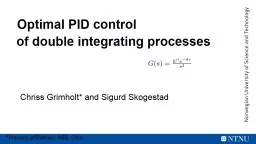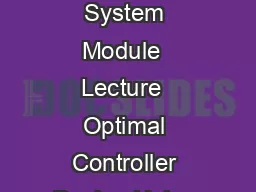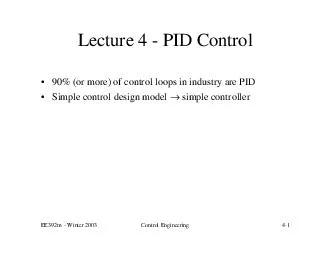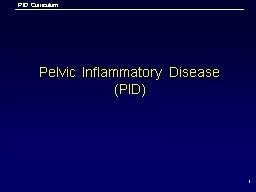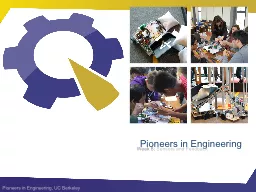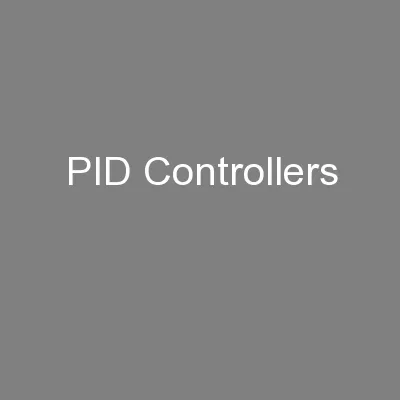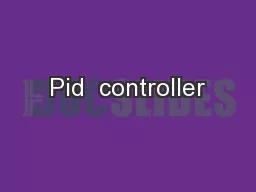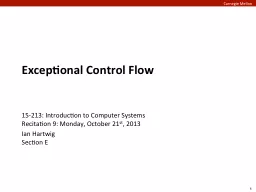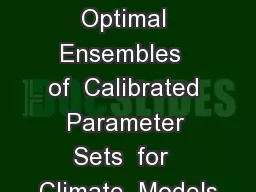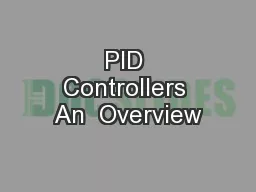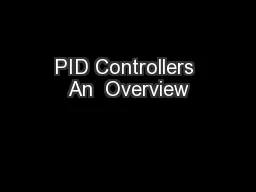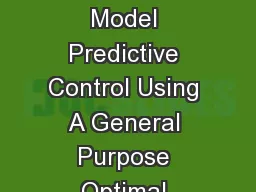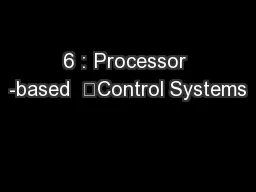PPT-Optimal PID control
Author : natalia-silvester | Published Date : 2017-06-29
of double integrating processes Chriss Grimholt and Sigurd Skogestad Present affiliation ABB Olso Double integrators Outline They are common They are difficult
Presentation Embed Code
Download Presentation
Download Presentation The PPT/PDF document "Optimal PID control" is the property of its rightful owner. Permission is granted to download and print the materials on this website for personal, non-commercial use only, and to display it on your personal computer provided you do not modify the materials and that you retain all copyright notices contained in the materials. By downloading content from our website, you accept the terms of this agreement.
Optimal PID control: Transcript
Download Rules Of Document
"Optimal PID control"The content belongs to its owner. You may download and print it for personal use, without modification, and keep all copyright notices. By downloading, you agree to these terms.
Related Documents

